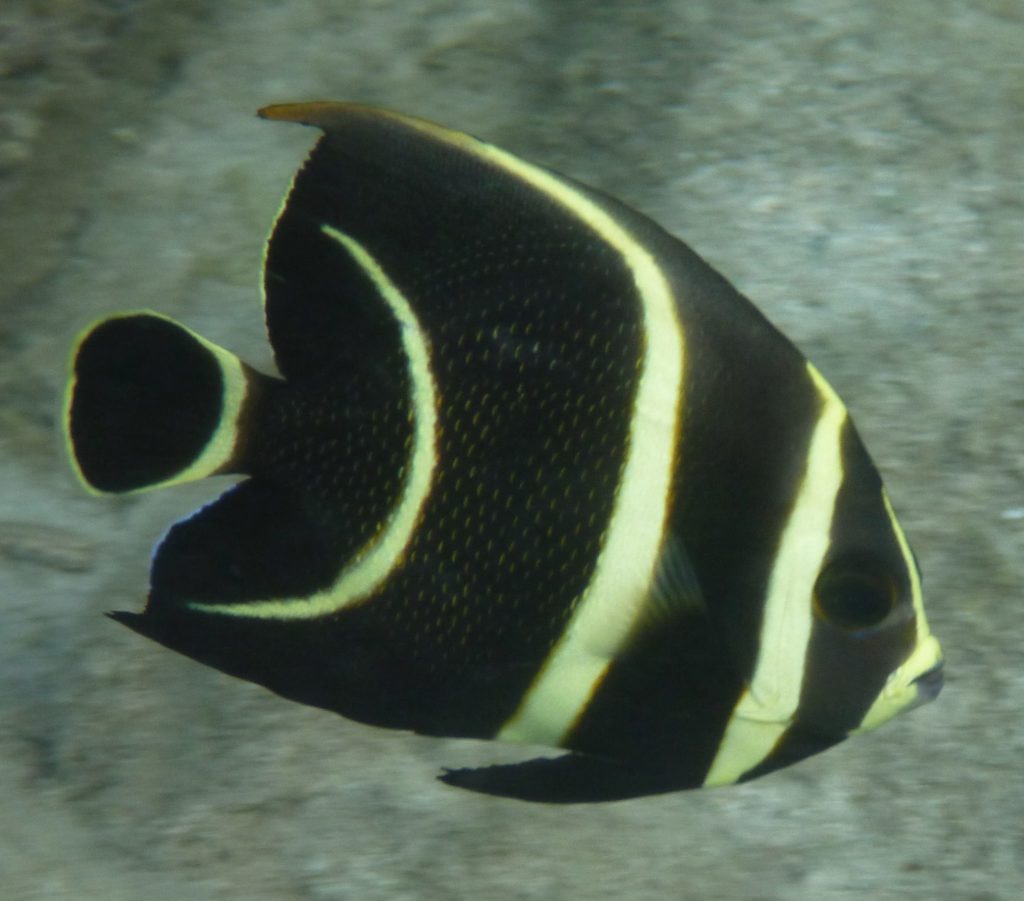Coralpalooza 2017
We had a great time taking part in the Coral Restoration Foundation’s (CRF) 3rd annual Coralpalooza event last weekend! We participated as volunteer divers working in the coral nurseries and planting coral on the reef. I learned so much!
This year’s event had tremendous turnout, tripling the number of participants from previous years. It was awesome to see the outpouring of community support for the health of our reefs. Ten boats from various shops took part contributing over 3000 volunteer work hours, a huge boost for CRF & our reefs!
Why does coral need our help?
Coral is in serious danger due to rising sea temperatures, acidification, pollution from run-off and disease. Our team’s focus this weekend was on staghorn coral which has declined 97% since the 1970s & 1980s and is in danger of becoming extinct.
CRF is trying to put a stop to that. With nurseries here in the Florida Keys and all over the Caribbean they’re working to give struggling coral species a helping hand. Corals are grown in their underwater nurseries and once big enough they’re cut down, tagged and planted in groups of 10 on the reef in the hope that they’ll attach to the reef, grow into a thicket and successfully reproduce.
What we learned:
- How to cut corals from the trees in the nursery that are big enough to be planted.
- How to attach tags to them for planting on the reef, much harder to do underwater!
- How to clean the coral trees to keep the corals free from disease. Everything needs to be cleaned off of the branches, trunk and supporting pieces using brushes and a scraping tool. It’s amazing how much stuff was growing on the trees, mine was completely covered when I started. While I cleaned, a gorgeous juvenile French Angelfish took cover in the corals.

Juvenile French Angelfish in Roatan
- How to plant the coral on the reef in 3 steps:
- Pick your spot and arrange the corals in the way you want to affix them.
- Take a hammer (yes a hammer!) and whack at the reef to clear a spot for each connection point getting down to the limestone with no algae left. This is very important for the epoxy to affix. That was really hard to do after being taught to never touch the reef!
- Apply a blob of non-toxic marine epoxy to each spot on the reef, then gently stick the coral to it. Once finished, give a wave of your hand to make sure it’s secure. They’ll become more secure when the epoxy dries in an hour.

Left: a model coral tree like the kind in the nursery. The ones in the nursery were much dirtier! Top right: orientation, learning all about coral. Bottom right: learning how to properly plant coral on the reef for the greatest chance of success.
Good luck little corals! I can’t wait to dive Banana Patch again, I hope I can find our coral patch and check on its progress!
Until next time…
Stay warm friends!

Pingback: A Weekend in the Mountains | Go Where It's Warm
Pingback: Don’t Miss Chasing Coral | Go Where It"s Warm